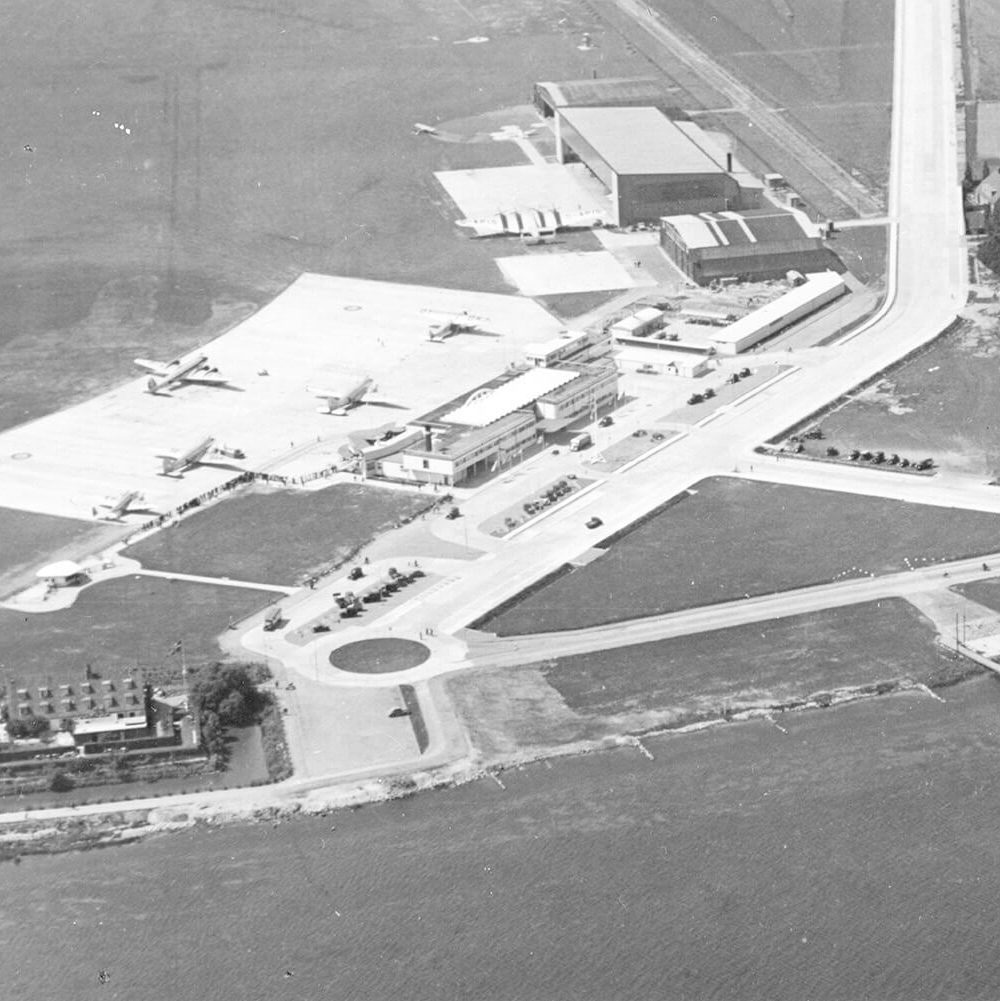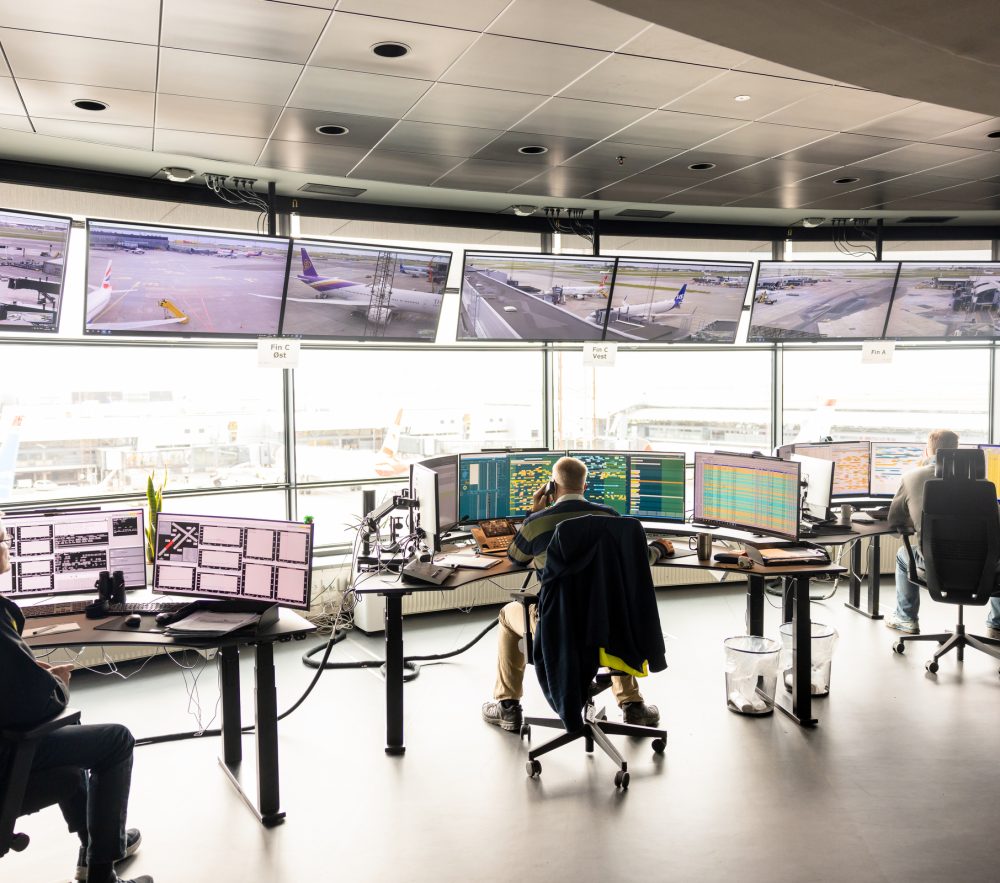Use-case two: Shrinking into excellence
The energy grid might be vulnerable to shocks, but not any more than the supply chain.
In 2015, GoPro was having a bad time. Shares had fallen 89 % from their high in September 2014, and on the shelves sat $57 million worth of inventory that couldn’t be sold. GoPro had expanded and as a result, stacked up their inventory. However, as demand fell unexpectedly, that inventory turned into a liability. GoPro had not been able to accurately predict demand during an expansion of the company, and the result was near bankruptcy.
What if companies could accurately predict demand in real-time, and thereby reduce the need for large inventory buffers and their associated risks?
Byrne Hobart of Capital Gains calls that maneuver “shrinking into excellence”. It involves greater visibility up and down the supply chain and “keeping a closer eye on demand, too; the more you know about what your customers will be doing in the near future, the more you know what you need to be doing right now.”
The only problem is that accurate information about the supply- and demand chains are not easy to come by. Less than 40% of logistics firms have introduced digital platforms and data analytics over the past three years. Less than a third use Internet of Things technology to keep track of their inventory and goods in real-time. If we want a resilient supply chain, that needs to change, and PULSE is the platform on which that change happens.
Use-case three: Hospitals
Predicting demand is just as important in healthcare as in inventory management. When an unexpected rush hour in the emergency department occurs, an avalanche of questions arises: at what exact time does the ambulance arrive? Who is the patient, and what is their status? Are there rooms available for the patient? Equipment? Doctors? Are there other hospitals that might be suited to better handle this patient?
Such questions need to be answered collectively, in real-time. Today, hospitals do their best when a rush arrives and discuss crowding events afterward in monthly meetings.
A platform such as PULSE could help hospitals more accurately predict patient flows ahead of time and plan for various scenarios and risk profiles. It can manage the automatic booking of rooms and equipment based on real-time information, and it can facilitate lifesaving, real-time data sharing between various medical entities.
At this point, the obvious question is:
If indeed all sectors of our economy could benefit from a real-time data platform equipped with AI superpowers, and the technology already exists, then why isn’t it already implemented everywhere?










